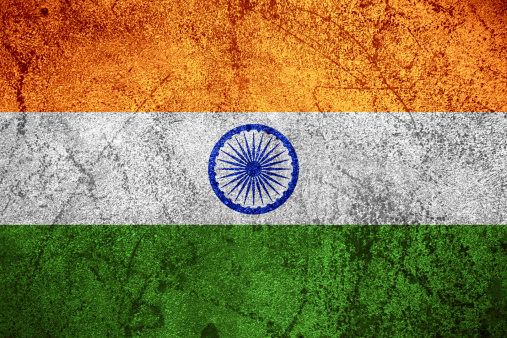Investing
India Risks Permanent Damage: Are BRIC Nations the New PIIGS?
Published:
Last Updated:
If you are an emerging market investor, India is supposed to be one of the great growth opportunities out there. The nation has a young population that is trying to be as upwardly mobile as possible, with a growing industrial and IT and services base. The real opportunity here is that India has over 1.2 billion mouths to feed, and that number keeps growing each year. The weakness in emerging markets has been very abnormal of late, but when you compare it to the ongoing growth of the United States and consider the recovery starting to emerge in Europe then the situation in India is become dire.
Emerging market investors can absorb heavier losses than you might normally consider. That being said, when investors are down 30% and 50%, suddenly they become very concerned. The slowing BRIC growth in Brazil, Russia, India and China is being met with enough internal headwinds inside India that the incoming Raghuram Rajan as the next governor of India’s central bank could be walking into an impossible situation.
India’s GDP growth had averaged about 7% since 1997, but now the cracks in the foundation are becoming serious. India is systematically allowing its economic prospects to crumble and emerging market and BRIC investors are starting to panic.
India’s growth is slowing down to what might as well be recessionary. The country is dealing with localized inflation that will seem to be a mystery to outsiders, and this less than a year after implementing reforms and deficit reduction measures to reverse India’s slowdown. One major problem is overcrowding and an infrastructure that just cannot support the ambition of its population.
India’s currency, the Rupee, is becoming worth less than the paper it is printed on, reaching new lows against the U.S. Dollar. Now you will see the real panic when you look at just how bad the funds and ETFs covering India are doing.
WisdomTree India Earnings Fund (NYSEMKT: EPI) is down more than 4% 13.75 and it hit a new 52-week low, against a 52-week high of $20.50. PowerShares India (NYSEMKT: PIN) is down 4.6% at $14.41 and it also hit a 52-week low of $14.38 against a 52-week high of $19.66.
The India Fund Inc. (NYSE: IFN) is down another 5% at $17.55 against a 52-week range of $17.53 to $24.10. CEFA.com shows that it trades at roughly a 9.4% discount to its net asset value.
Market Vectors India Small-Cap ETF (NYSEMKT: SCIF) is down 3.5% and hit a new 52-week low of $23.71 and its 52-week high was $46.60. This is now effectively down by 50%, and that is without any extreme leverage.
Market Vectors Indian Rupee/USD ETN (NYSEMKT: INR) and WisdomTree Indian Rupee (NYSEMKT: ICN) are both performing poorly as well in the currency exchange traded note (ETN) world, although their trading volume is too thin to monitor.
Direxion Daily India Bull 3X Shares (NYSEMKT: INDL) is down a whopping 13% at $34.23 as it is a triple-leverage exchange-traded product with a 52-week range of $33.90 (from Wednesday) to $99.20. Ouch, it is approaching losses of two-thirds from its 52-week highs.
India’s 2012 gross domestic product (GDP) was $4.76 billion on a purchasing power parity basis, making it the fourth largest economy in the world. It also grew by 6.5% in 2012, but that is actually too slow to keep up with its population. India’s GDP per capita is ranked all the way down at number 168 in the world, according to the CIA World Factbook. As of 2010, almost 30% of the nation lived below the poverty line.
If Indian shares fall another 10% or 15%, the growing fears may turn into real economic panic. If that happens, then India is running the risk that being in the BRIC nations is no better than being one of the PIIGS in Europe.
Let’s face it: If your money is just sitting in a checking account, you’re losing value every single day. With most checking accounts offering little to no interest, the cash you worked so hard to save is gradually being eroded by inflation.
However, by moving that money into a high-yield savings account, you can put your cash to work, growing steadily with little to no effort on your part. In just a few clicks, you can set up a high-yield savings account and start earning interest immediately.
There are plenty of reputable banks and online platforms that offer competitive rates, and many of them come with zero fees and no minimum balance requirements. Click here to see if you’re earning the best possible rate on your money!
Thank you for reading! Have some feedback for us?
Contact the 24/7 Wall St. editorial team.